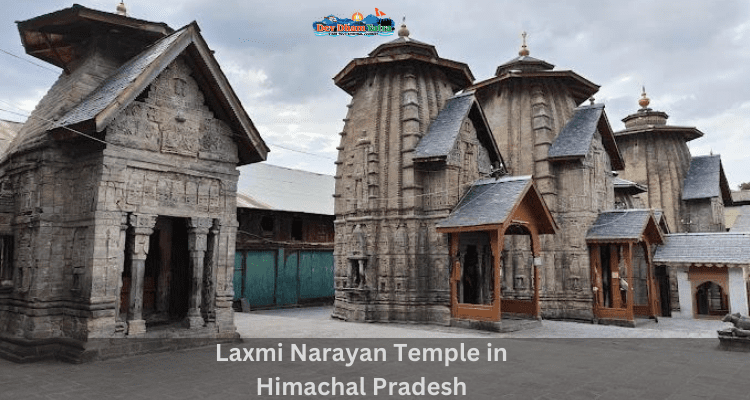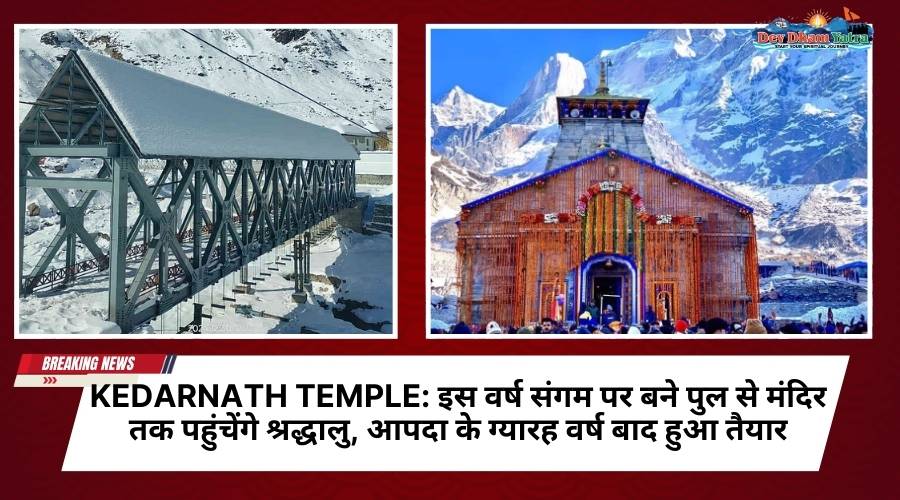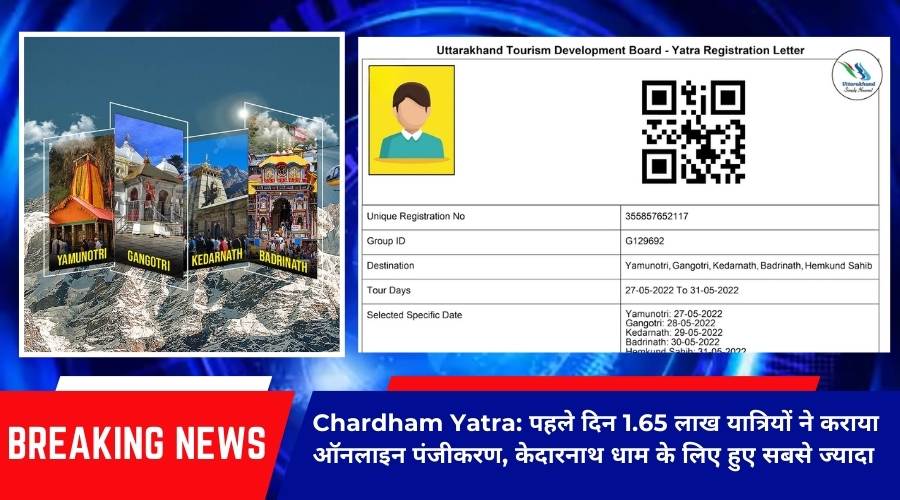About Laxmi Narayan Temple :
The largest temple in Chamba, Laxmi Narayan Temple, was constructed in the tenth century by Raja Sahil Verman and features Bimana, or Shikhara and Garbhgriha, along with a modest antarala and a mantapa. To fend off snowfall, the temple includes wooden chattries and a shell roof on top. The roof is designed like a wheel and serves as insulation from the elements. It contains a metal representation of Garuda, Lord Vishnu’s steed. It is a stunning location with amazing architectural significance. It also has a mandapa-style structure. Lord Shiva and Vishnu are honoured across the entire region, which consists of six temples arranged in a row from north to south.
Among Chamba’s most well-known temples, Laxmi Narayan Temple is renowned for its outstanding architectural design and rich historical significance. Other temples in the complex include the Radha Krishna Temple, which was constructed in 1825 by Rani Sarda (the wife of Raja Jit Singh), the Shiva Temple of Chandragupta, which was constructed by Sahil Varman, and the Gauri Shankar Temple, which was constructed by Yugkar Varman (the father of Sahil Varman). The main gate is guarded by a metal Garuda statue that Raja Balabhadra Verma erected. The Mughal fear was addressed by the shrine’s most recent addition throughout history. The temple was then ordered to be destroyed by Aurangzeb the emperor, and Raja Chhatra Singh.

History of Laxmi Narayan Temple in Himachal Pradesh

According to legend, the precious marble used to create the idol of Lord Vishnu in this temple was brought in from the Vindhyachal Mountains. It is thought that Sahil Varman, the former ruler of the area, killed his eight sons in order to obtain the marble and that his eldest son, Yugkara, was ultimately successful in doing so. In reality, he was also attacked by the thieves, but thanks to a saint, he was able to defend himself.
Another version of Chamba’s history is that it was first a hermitage that Champavati, a devoted Hindu, liked to visit. The monarch once followed his daughter to the hermitage because he had doubts about her loyalty. Surprisingly, he didn’t find either his daughter or the hermit there. He was reported to have heard a voice abruptly telling him that his suspicions were unfounded, correcting him, and notifying him that his daughter had been permanently removed from him as retribution for his lack of faith in her values. Fully repented of his sin, the king expanded the hermitage into a temple and gave it his daughter’s name before erecting a city around it.
The king’s daughter is revered as a goddess in this temple, known now as the Champavati Temple, which is owned by the royal family. The Minjar festival or fair has been held each year since 935. It begins on the first day of Baisakhi and lasts for 21 days.
For about a thousand years, Chamba was protected from successful invasions by the isolation and aridity of the Ravi River valley. Before the British took over, the dynasty had ruled for roughly a millennium since Raja Sahil Varman without ever being invaded. This high level of security is thought to have been caused in part by the town’s isolation and the rough, steep terrain surrounding it. Akbar and Aurangzeb, two Mughal emperors, later made an attempt to conquer Chamba, but they were unable to accomplish so. The Mughal court lifestyles were first introduced by Raja Prithvi Singh (1641–1664 AD), who got along well with Emperor Shahjahan.
Timings
Laxmi Narayan Temple is open daily from early in the morning at 6 a.m. until noon and again from 2:30 p.m. to 8:30 p.m. It is still accessible to devotees twice daily in two halves. The months of April through October are the ideal times to visit, Laxmi Narayan Temple.
Nearby places
Around and inside the Laxminarayan Temple, there are many interesting sites to explore. We’ve compiled a list of Shimla’s top 5 tourist attractions for your convenience:
1. Gaiety Heritage Cultural Complex
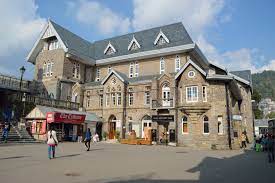
Marvel at the stunning architecture of this complex and relive many historical occasions. The theatre, which was constructed in 1887, serves as Shimla’s main location for holding a variety of events and cultural programmes. The distance to Laxminarayan Temple is only 2.3 kilometres.
2. Jakhoo Temple
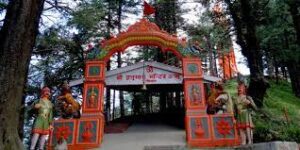
You must seek Lord Hanuman’s blessings at Jakhoo Temple before departing Shimla. The temple is encircled by verdant, winding roads and gives spectacular views of the dawn and sunset while being tucked away in the stunning Shivalik Hill ranges. The distance to Laxminarayan Temple is only 2.4 kilometres.
3. Annandale Ground

At the Annandale Ground, you can see how the Indian Army lives. The Annandale, one of the top tourist destinations in Shimla, is home to a cactus museum, a competitive golf club, a greenhouse, a café, and a number of gift shops. The distance to Laxminarayan Temple is only 2.5 km.
Architecture of Laxmi Narayan Temple
Shikhara-style architecture is used in the Laxmi Narayan temple. Most of these temples are built in the plains and have a spire atop the sanctum sanctorum. The Laxmi Narayan Temple is divided into three separate sections. A garbhagriha, also known as a sanctum sanctorum, houses the deity’s installation. Located on top of this section of the temple is the shikara, which translates to “mountain peak” in Sanskrit. Additionally, there is a mandapa, or prayer room. It is frequently used for religious singing and dance and faces the garbhagriha. Antarala is the name of the antechamber that sits between the garbhagriha and the mandapa.
Hotels near Laxmi Narayan Temple in Himachal Pradesh
1. Mastiff Hotel Dalhousie: This upscale hotel is situated on Chamba Road, Baikunth Nagar, Dalhousie 176303, which is approximately 5 kilometres away from, Laxmi Narayan Temple. It offers luxurious rooms, multiple dining options, a fitness centre, and other amenities.
2. Fortune Khajjiar: The distance between this Fortune Khajjiar hotel and Laxmi Narayan Temple is about 5.5 km. It is located on Khajjiar Local Trail, Khajjiar. It has opulent accommodations, a variety of restaurants, a fitness centre, and other features.
3. Fortune Park Dalhousie: This hotel is located near Gandhi Chowk, Subhash Baoli Road, Dalhousie 176304, around 11.9 kilometres from Laxmi Narayan Temple. It provides amenities like cosy accommodations, a restaurant on-site, a fitness centre, and more.
4. Mastiff Hotel Dalhousie: This hotel is situated on NH 154-A Chamba Road around 0.5 kilometres from Laxmi Narayan Temple. It offers a variety of amenities, including an on-site restaurant, and modern accommodations that are affordable.
FAQs
1. What is the timing of golden temple darshan?
A. Laxmi Narayan Temple is open daily from early in the morning at 6 a.m. until noon and again from 2:30 p.m. to 8:30 p.m.
2. What is the purpose of Lakshmi Narayan Pooja?
A. The Lakshmi Narayan Pooja is an excellent ritual to enhance happiness in your life and the lives of your family members. You should do this Pooja if you have problems like recurrent illnesses, financial loss, or ongoing conflicts. Finally, your life will improve with Laxmi Narayan’s blessings.
3. What advantages does Laxmi Narayan Yog offer?
A. People having this extremely fortunate Lakshmi Narayan Yoga in their horoscopes are extraordinarily gifted. They achieve good academic and intellectual accomplishments, and these individuals establish a name for themselves both domestically and internationally thanks to their talent.
4. Can Laxmi Narayan Idol remain at home?
A. Worshipping the goddess Laxmi Narayan idol can help protect against negativity, ill luck, and poverty as well as offer relief from problems and challenges. In the pooja room, it should go. It can be utilised, among other locations, in a puja room, mandir, temple, home, table or desk.

